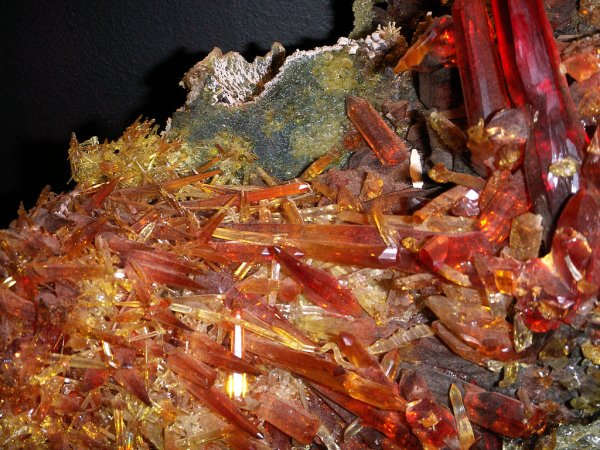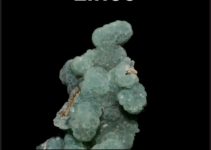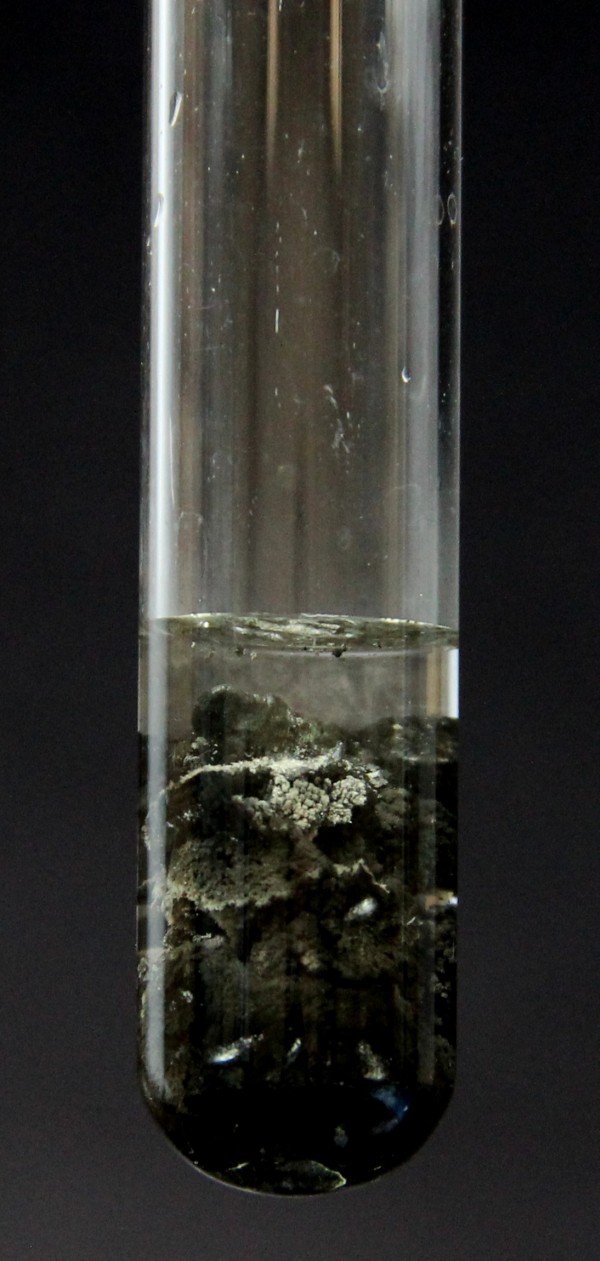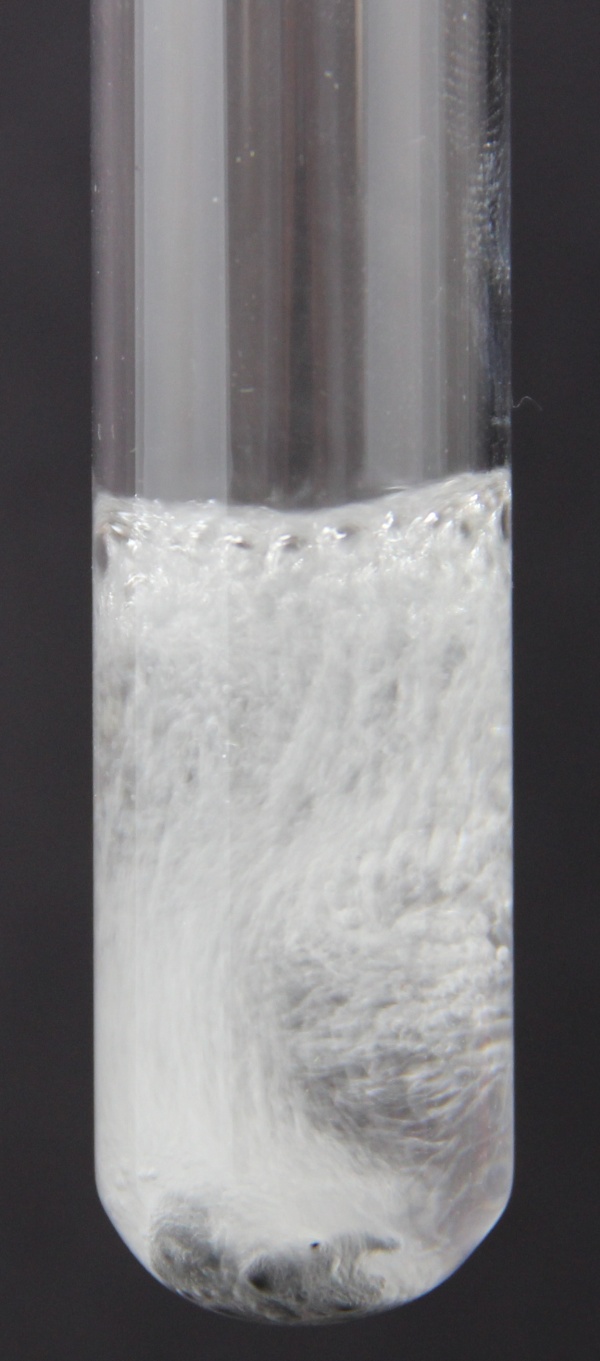
Um óxido de zinco (ZnO) ocorre na natureza e é denominado zincita, podendo também apresentar pequenas quantidade de MnO.
A zincita pode ser achada com certa facilidade em locais de mineração de zinco.
As cores dependem da presença de outros elementos, o avermelhado pode ser devido ao ferro ou manganês.
Imagem sob licença Creative Commons, via Cobalt123.
Texto escrito por Prof. Dr. Luís Roberto Brudna (luisbrudna@gmail.com) – Universidade Federal do Pampa.



top